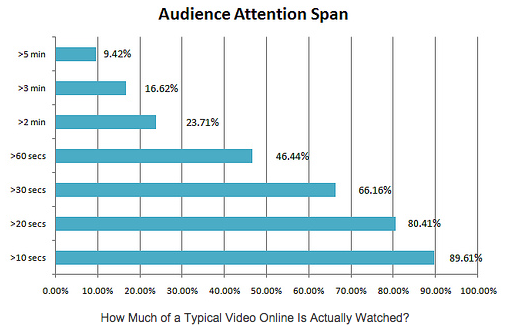The purpose of this Project was to create a soft, affective, media communications campaign to celebrate the University of Warwick’s 50th Anniversary in 2015 on behalf of the Centre for Cultural Policy Studies basing the story in ‘each of our Warwick Stories.
To accomplish this challenge we were grouped in a team of 6 persons, so the first thing we needed to understand was which were the strengths, abilities and experience of each of the members so each of us we can have a role in the project. We found out we were a very versatile team, where most of us had work experience, therefore it was easier to organize the team.
After we assigned roles, we focused in what we needed to reach the main objective of the project. We decided we needed to focused in the following points:
- Who is our target audience and which other audience we should care about, ex. Staff, professors and vice-chancellor .
- How we are going to attract this audience
- How we are going to create a video that appeals to the necessities of our target audience.
- Which platforms we will use to broadcast the video and which strategy will support this video so this campaign could be successful.
- Which type of digital story telling we wanted to use, how we are going to make something emotional enough so we can engage the audience.
With these questions in mind, we decided the following things:
- Our target market would be millenials, people between 24-30 years because most of the students that attend to a master program are between these years.
- We also wanted to connect with alumni; we wanted to make a video that makes them remind what was to be in Warwick, and what it gave them. So they can share the video and become ambassadors of Warwick, spreading the word about how good it is.
- Since mllenials are very related with nostalgia , freedom, friendship, and discovery concepts, we decided that the best way to present it was reminiscing about our best days in university.
- Therefore, we chose to present six letters with each of our stories, this letters are written by us, 20 years after we left Warwick. Each of us write to each other to reconnect and tell us about our best memories about Warwick.
- Through this letters we talked about the most important things of Warwick and the Centre for cultural and policies studies as their international environment, sports life, career opportunities, friendship, experience, travel and the fact that this university challenge each student to question them selves and to find new ways to see the world.
- We also did a SWOT analysis, this helped us to see what we needed to take in count for our marketing strategy and also for our video to reinforce our strengths there.
- Our Digital Marketing strategy was based principally in a campaign that will start with Word of Mouth.
- We saw that for our target market it is a very difficult decision to decide to invest again in school, furthermore in some cases to leave their jobs. With these in mind, we found that the best person to tell you about how good is an university and how many options you can find after you graduate were alumni.
- To connect with this group of people, we needed to use different existence platform as: E-mentoring, Alumni mailing, Alumni facebook, Alumni twitter, Alumni ambassadors.
- The most important thing about our strategy would be ambassadors that were divided in official and current ambassadors.
- Official ambassadors should be form UK and others parts of the world. They will share the video wit other alumni and in their own social media. They also need to interact in university fairs with possible future students. The most important activities is to be in contact with future students, to tell them about career opportunities, what is to live in UK for international students and many other facts about Warwick.
- The current alumni network will be encouraged to share the video, and also invite them to talk about their own Warwick story through the hashtag #mywarwickstory and this could be through sharing photos, stories and videos.
- The most important thing about this strategy is to make this video viral, so it could be share through many different channels and Warwick could attract as many students as they want.
To conclude, we obtained many learnings about this project, one of the most important was to understand the concept and the application of digital story telling. To tell a good story it is necessary you now very well your audience and then to know everything about the product you are going to talk about. If you know this two things, you can linked them in a story which appeals to your audience and engage it so you can convince them and make them want your product because it is perfectly related to them.








